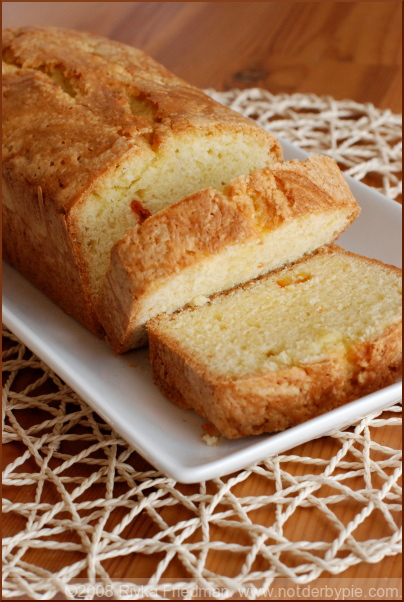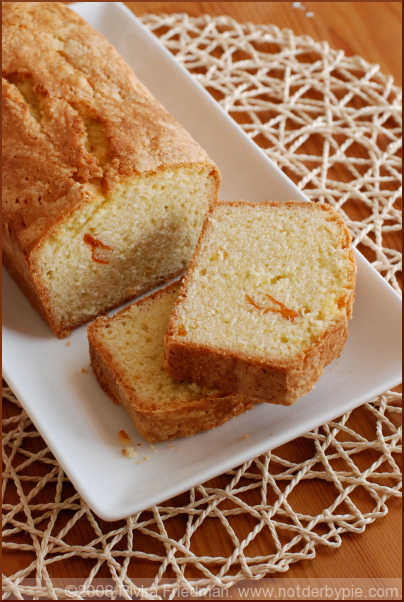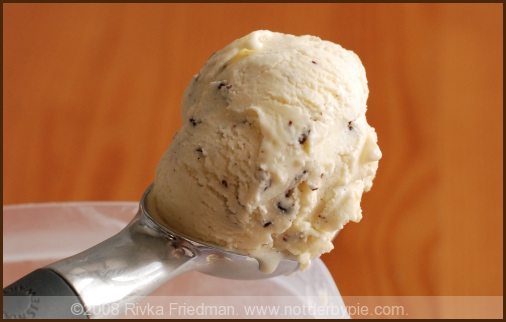 Recently, I discovered something of an oddity in my ice cream-eating habits. When I buy ice cream, I'm pretty particular about how I like it: Ben and Jerry's coffee heath bar toffee crunch. It's really that easy. I've never been one to order vanilla, chocolate, or any other flavor that's that simple. When I order chocolate, it almost always has some swirl, ribbon, or maybe even some of those little chocolate-filled bits. Cheesy, I know, but I like my ice cream with lots of stuff in it, what can I say?
Recently, I discovered something of an oddity in my ice cream-eating habits. When I buy ice cream, I'm pretty particular about how I like it: Ben and Jerry's coffee heath bar toffee crunch. It's really that easy. I've never been one to order vanilla, chocolate, or any other flavor that's that simple. When I order chocolate, it almost always has some swirl, ribbon, or maybe even some of those little chocolate-filled bits. Cheesy, I know, but I like my ice cream with lots of stuff in it, what can I say?
That affinity for add-ins rapidly fades when I'm making ice cream. When I'm making the stuff from scratch, I'm a total purist. Vanilla is my most frequent concoction, and in my mind, it's pretty hard to beat. If hard pressed, I think I'd probably pick my homemade vanilla over a pint of B&J's Coffee Heath. Though not without some serious deliberation.
Why is that, you'd like to know? I think it has something to do with the sheer quantity of egg yolks and cream and not-so-cheap vanilla beans that go into a good quart of frozen. (That's six egg yolks, 1 cup of whole milk, and 2 cups of heavy cream, thank you very much.) It's also got everything to do with fear of failure -- or, better put, fear that the cherry pit ice cream you were so curious to try is actually a total flop. When you're working with farmers' market eggs and organic cream, you're spending a pretty penny; I guess I want to make sure I get my money's worth. Call me a pincher, but you know what? Vanilla comes out just perfect, every single time. It also tastes so pure, so much like the ingredients that are used to make it, that I find it difficult to veer far from it.
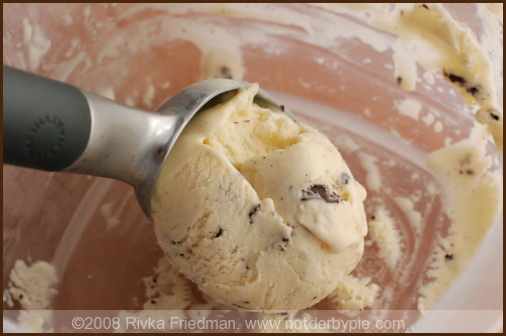
That's thanks in no small part to David Lebovitz, king of lots of things, including ice cream. His book, The Perfect Scoop, is my go-to resource for drooling over ice creams that I never have the courage to make. (My most recent 11th-hour-back-out flavors were maple-walnut, saffron, and ginger.)
By the time this Thursday rolled around and I saw the weekend weather forecast, I new ice cream was in the cards. And having made frozen nonfat and frozen yogurt in the past couple weeks, it was time for the full-fat stuff. Armed with David's book, I decided to venture beyond my safety blanket of vanilla and try something new, something radical: Vanilla with Stracciatella.
Lest you get too excited, what sounds super fancy and exotic is really just the Italian version of chocolate chip (baby steps, people, baby steps!), only worlds better. Stracciatella, literally "torn apart" in Italian, refers to thin shards of chocolate that are hidden between the layers of ice cream or gelato. They're made by drizzling melted chocolate into the ice cream maker at the last possible moment of churning. The chocolate freezes on contact, forming these thin and crunchy bits that melt in your mouth when you eat the ice cream. In a word, awesome.
Having made really good vanilla ice cream many times, I was a bit concerned about spoiling the pure stuff with chocolate, but after eating it Friday night, I can reassure you that there's nothing to worry about. If anything, the shards of chocolate complement that smooth, rich, vanilla flavor. And to those of my family members who dislike chunky things in their ice cream (yes, you!), fear not: while you do get a bit of crunch at the beginning, the chocolate really does melt in your mouth, giving the whole ice cream a smooth sensation.
Next up on the ice cream docket: maple walnut? saffron? Maybe even cherry pit ice cream. Wish me luck.
About 1 quart
Everyone should gave a great recipe for Vanilla Ice Cream in their repertoire. Here's mine, which you'll want to serve with anything from a freshly-baked pie or just covered with dark, bittersweet chocolate shop and toasted nuts.
1 cup milk A pinch of salt 3/4 cups sugar 1 vanilla bean 6 egg yolks 2 cup heavy cream 3/4 tsp. vanilla
Heat the milk, salt, sugar, and one cup of the cream in a saucepan. Split the vanilla bean lengthwise and scrape the seeds into the milk with the tip of a paring knife. Add the bean pod to the milk. Pour the remaining cup of the cream into a large bowl and set a mesh strainer overtop.
whisk together the egg yolks in a separate bowl and gradually add some of the warmed milk into the yolks, stirring constantly as you pour. Pour the warmed yolks back into the saucepan.
3. Cook over low heat, stirring constantly and scraping the bottom with a heat-proof spatula (I used a wooden spoon), until the custard thickens enough to coat the back of the spatula. Strain the custard into the heavy cream and mix to cool. Rinse the vanilla bean and put it back into the custard and cream to continue steeping. Chill thoroughly, then remove the vanilla bean and freeze in your ice cream maker according to the manufacturers instructions.
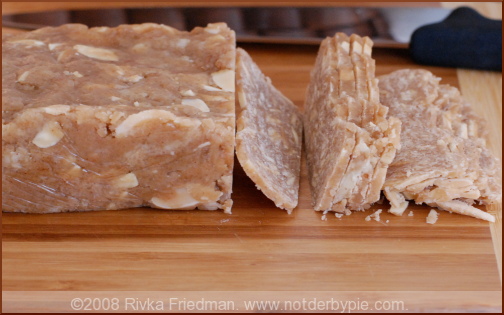 I've always loved the idea of having a local baker -- someone whose shop was within a short walk of my apartment, where I could drop by in the morning for a baguette or a scone, pick up a loaf or two of fresh bread, and pop in on a lazy Sunday afternoon for tea and cookies. Sadly, I don't live in Paris. I do, however, read an excellent blog of someone who does -- that's
I've always loved the idea of having a local baker -- someone whose shop was within a short walk of my apartment, where I could drop by in the morning for a baguette or a scone, pick up a loaf or two of fresh bread, and pop in on a lazy Sunday afternoon for tea and cookies. Sadly, I don't live in Paris. I do, however, read an excellent blog of someone who does -- that's 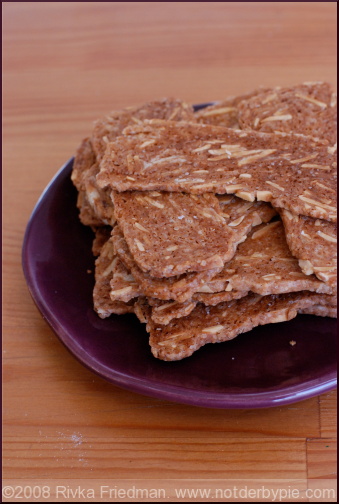
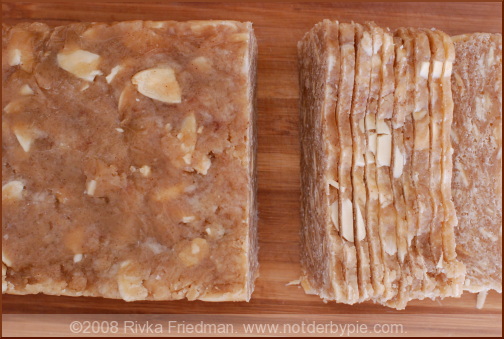
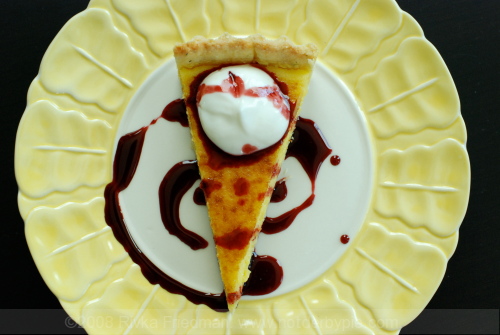 On my last trip to New York, I stood on the third floor of the Time Warner Center for about an hour just waiting to get into Bouchon Bakery. It didn't work out -- the person we were meeting was on a tight schedule -- so we ended up eating salads at Whole Foods. Ever since, I've been dreaming of Bouchon. Have you tried their chocolate bouchons? Oh, man. Delish.
On my last trip to New York, I stood on the third floor of the Time Warner Center for about an hour just waiting to get into Bouchon Bakery. It didn't work out -- the person we were meeting was on a tight schedule -- so we ended up eating salads at Whole Foods. Ever since, I've been dreaming of Bouchon. Have you tried their chocolate bouchons? Oh, man. Delish.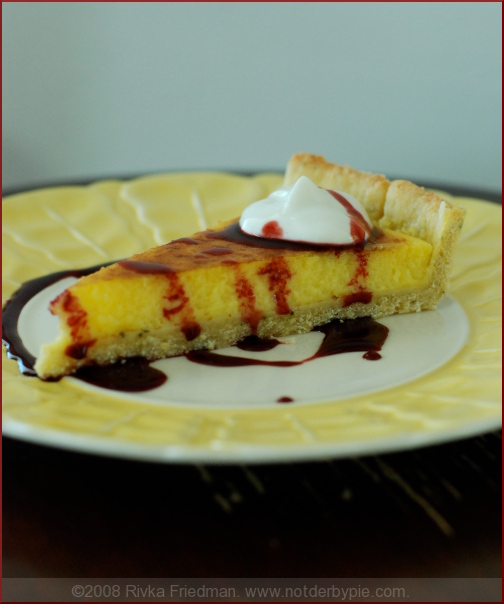
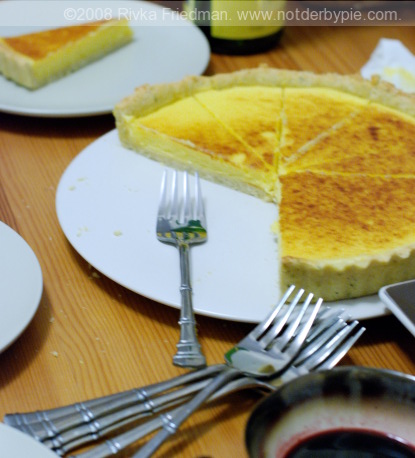
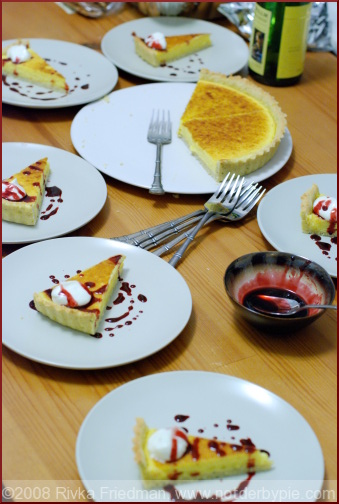
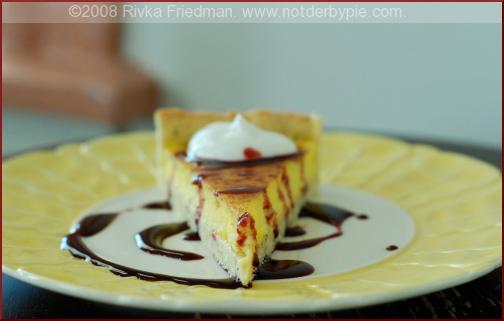
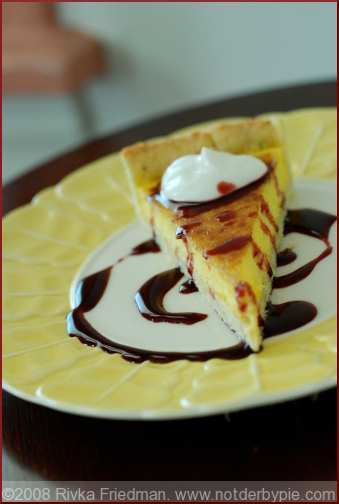
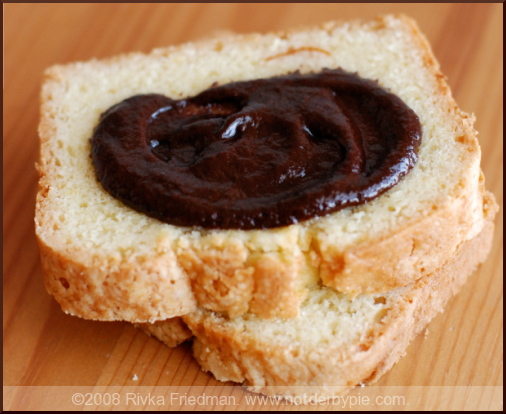 The spring season is upon us, and we've got the rainfall to prove it! I wanted to go with something clean and fresh-looking for the spring blog design, with bright colors and lots of white space. So clear that cache and check out NDP's new layout -- I hope you like it!
The spring season is upon us, and we've got the rainfall to prove it! I wanted to go with something clean and fresh-looking for the spring blog design, with bright colors and lots of white space. So clear that cache and check out NDP's new layout -- I hope you like it!